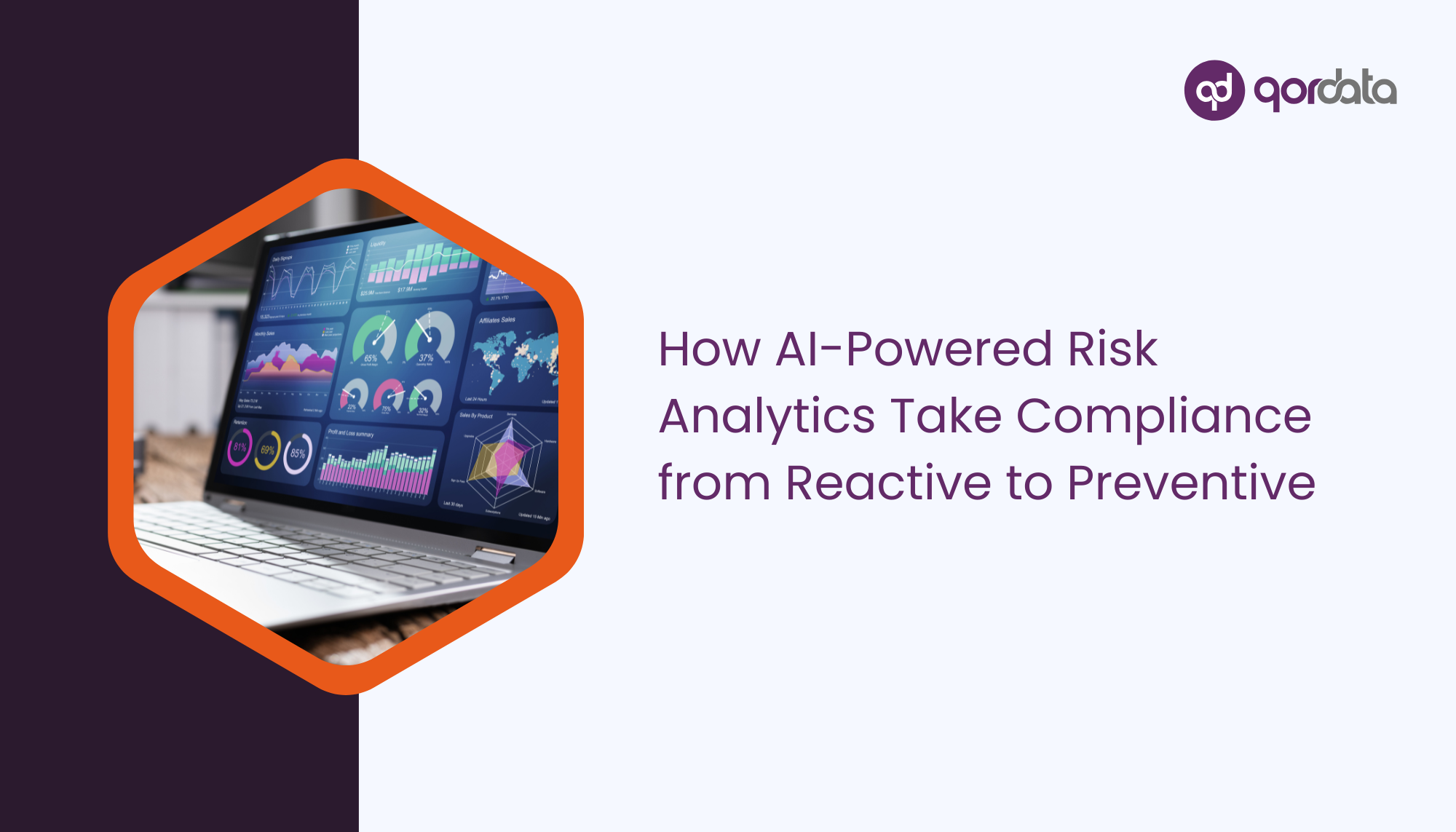The dialogue supporting data mining of sources such as CMS, the Company’s commercial data, EU compliance data, clinical data, Medicaid, Medicare Part B, and Part C strongly implies that a robust risk-focused future lies ahead for compliance professionals. How prepared they are to respond to such a future may be measured by their vision of data-based alerts and triggers and the structures they can access today.
Identifying Good Compliance Structures
A good structure would be an all-encompassing solution that assists compliance professionals in performing targeted:
– Monitoring
– Audits
– Spot Checks
– Preemptive troubleshooting, including issues related to policy violations and internal red flags
How many Life Science Industry organizations can make this structure a reality? How do they go about doing it?
Static Vs. Dynamic
Compliance leaders in Life Sciences need to unlock opportunities offered by cost-effective, real-time compliance monitoring programs, as opposed to the static post facto audits.
On the outside, static or ‘periodic’ compliance audit structures appear “viable”, “efficient” and non-taxing towards the limited resources. But such an approach also imposes the hidden cost of identifying risks too late.
Method and Direction: Key Compliance Indicators
Let’s assume that a Life Science Industry Practitioner is interested in such a compliance program. Where must it begin?
The Key Compliance Indicator (KCI) Approach is a tried-and-tested methodology that borrows from the traditional KPI Approach. It only differs from KPIs in that it strengthens internal Compliance Programs by concentrating on Compliance Indicators and developing/implementing them across the board.
KCIs are based on data mined from repositories that are available internally as well as publically, with alerts based on State Reporting Laws, CIA Thresholds, Corporate Compliance Policies, FCPA Guidelines, and other forms of regulations could provide real-time updates of:
– HCPs exceeding annual spend limit by Territory, Account Executive, and so on.
– Number and percentage of submitted expenses and/or meals for HCPs over corporate policy limits.
– Speaker Programs where number of attendees is under the KCI threshold or the non-HCP to HCP ratio is below target.
– Weekly, Monthly, Quarterly or Year on Year increase in HCP payment by payment type.
As a starting point, organizations must appreciate and leverage the power afforded by credible Analytics Solutions.



